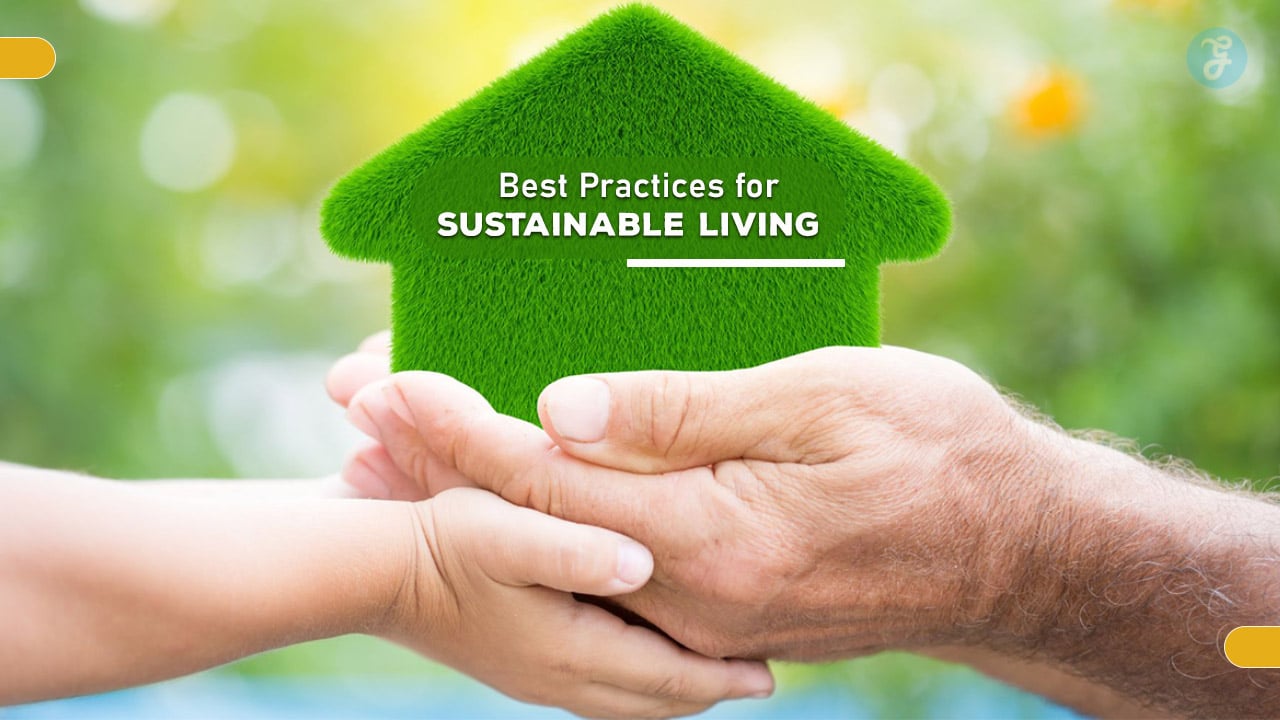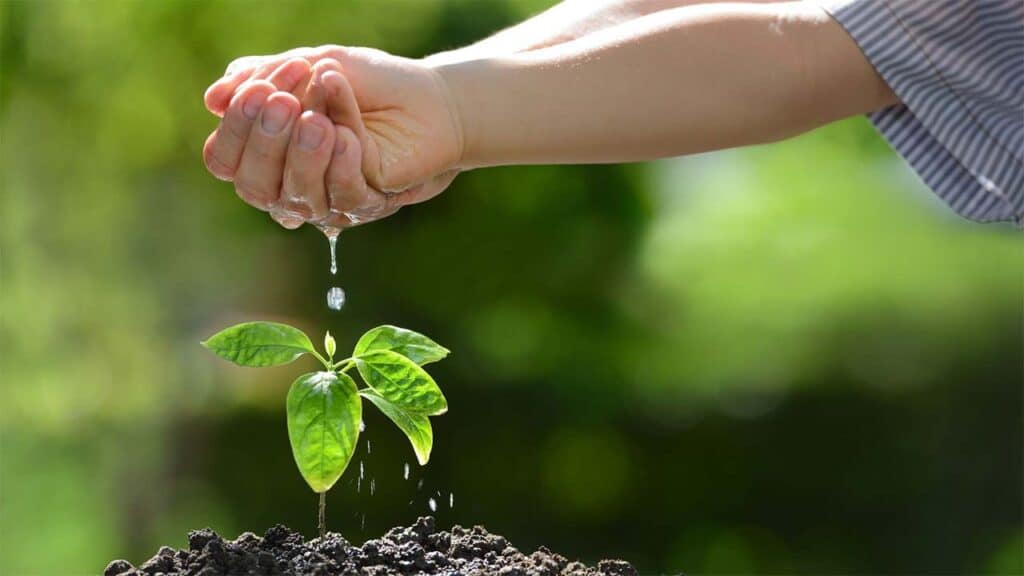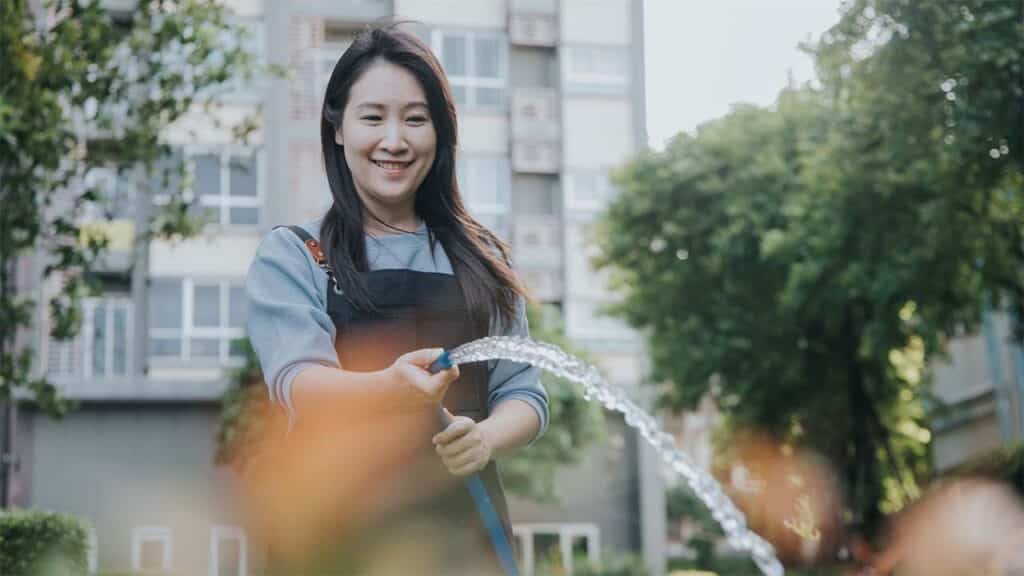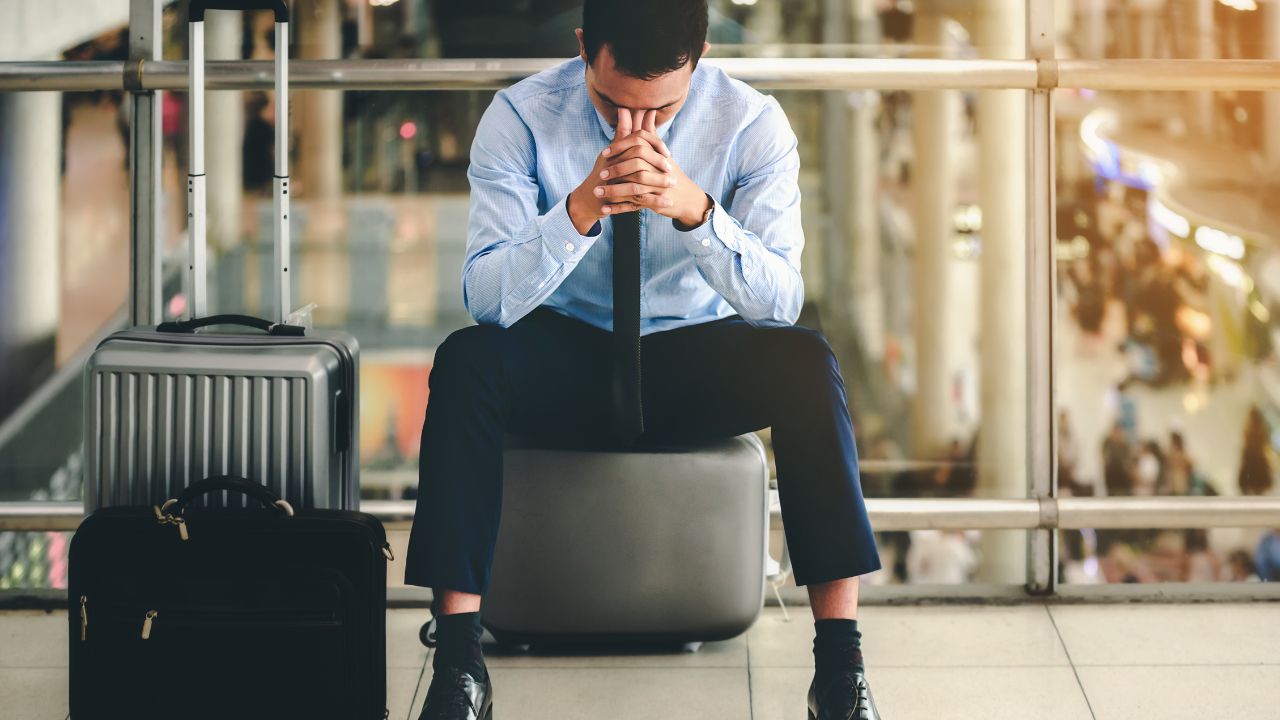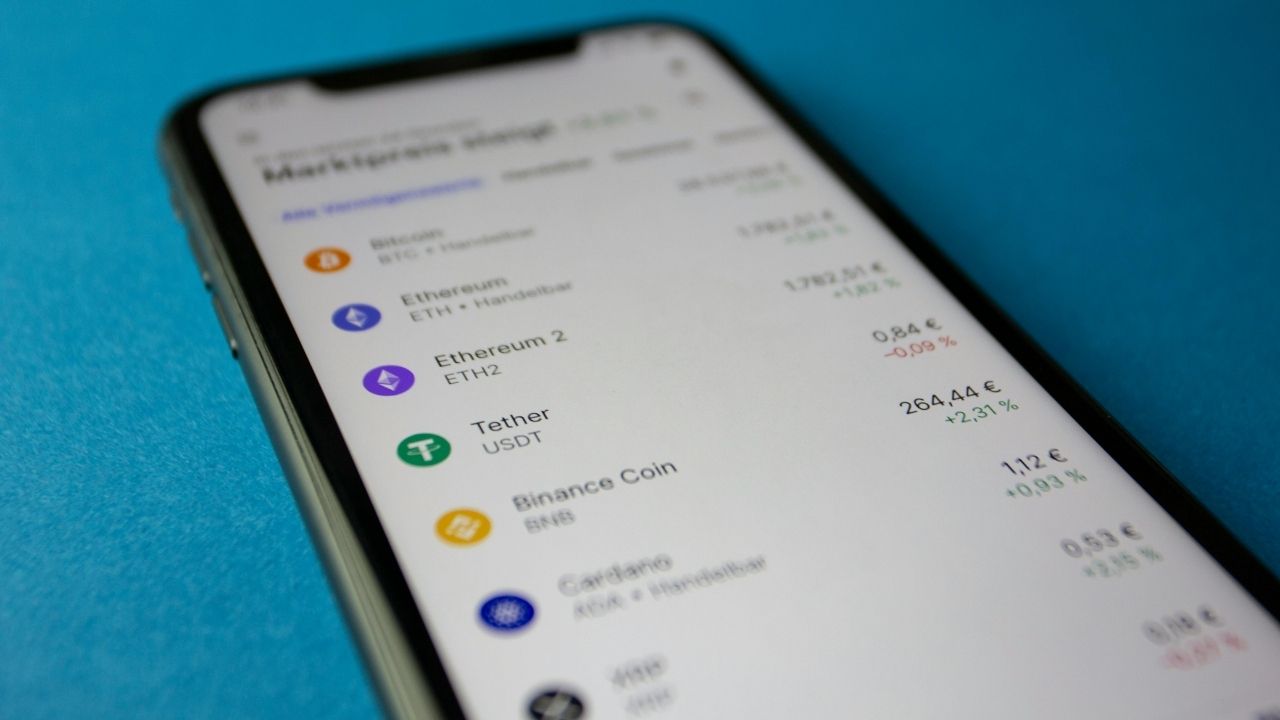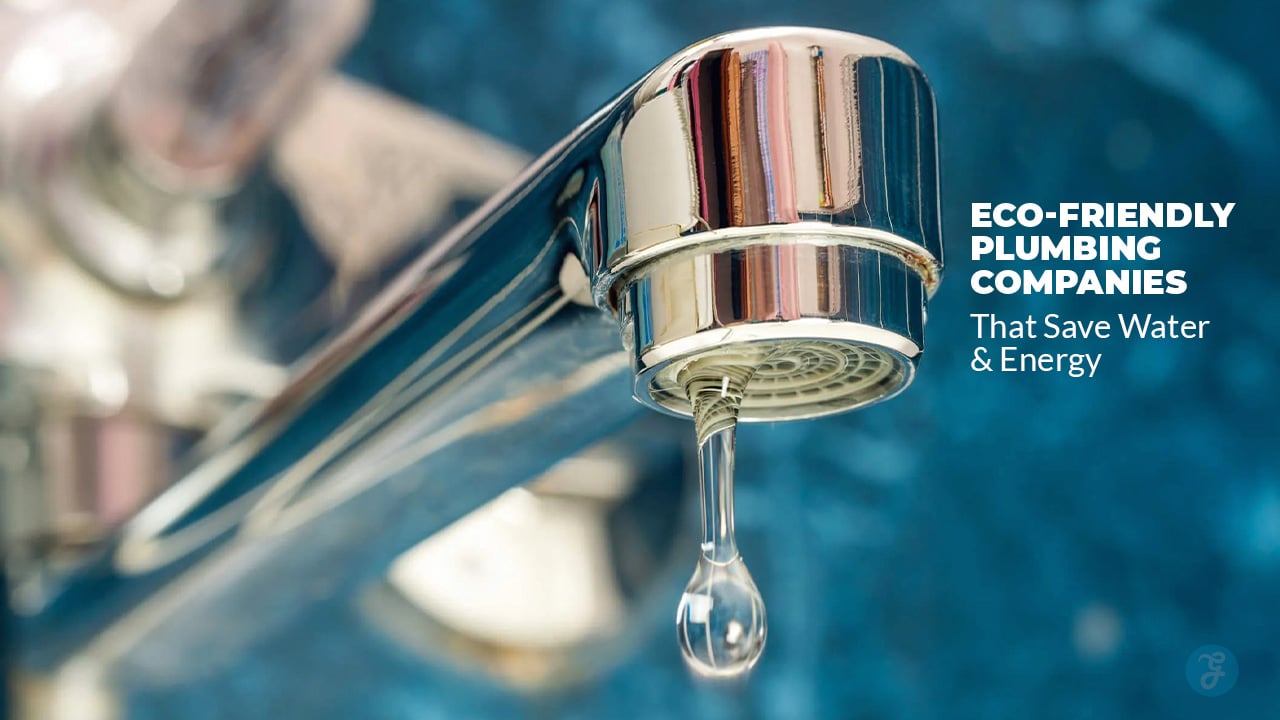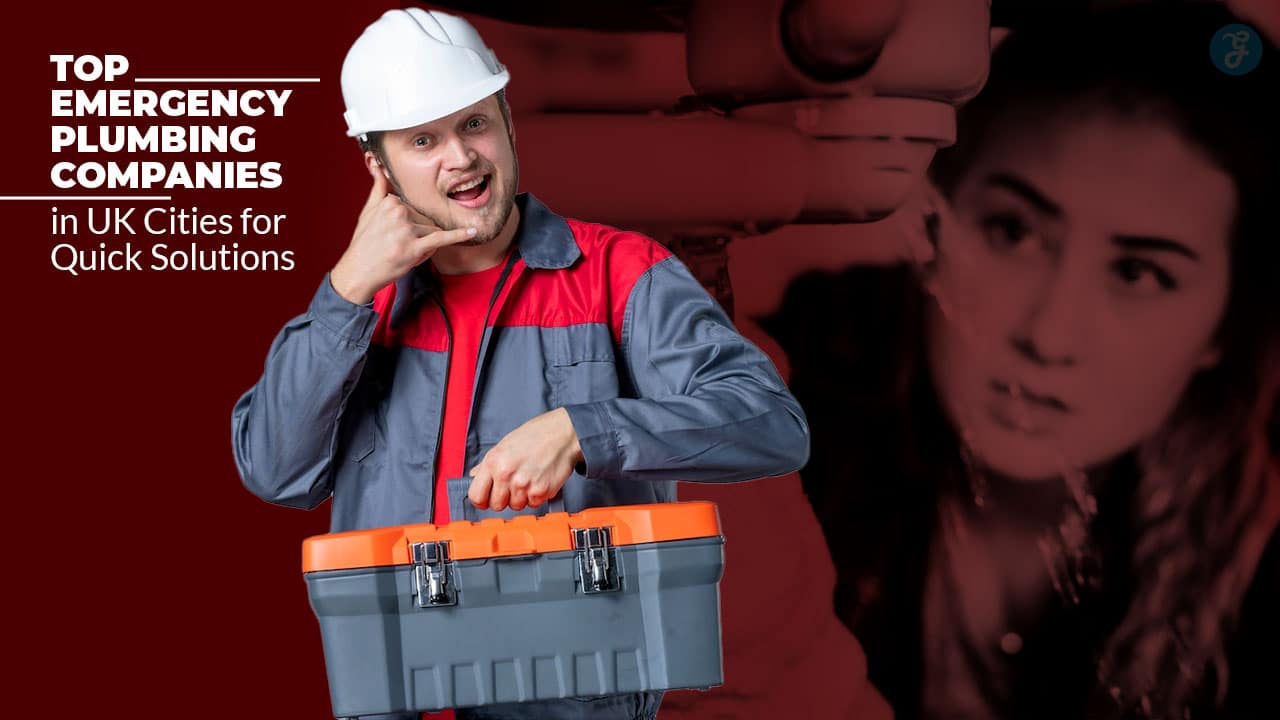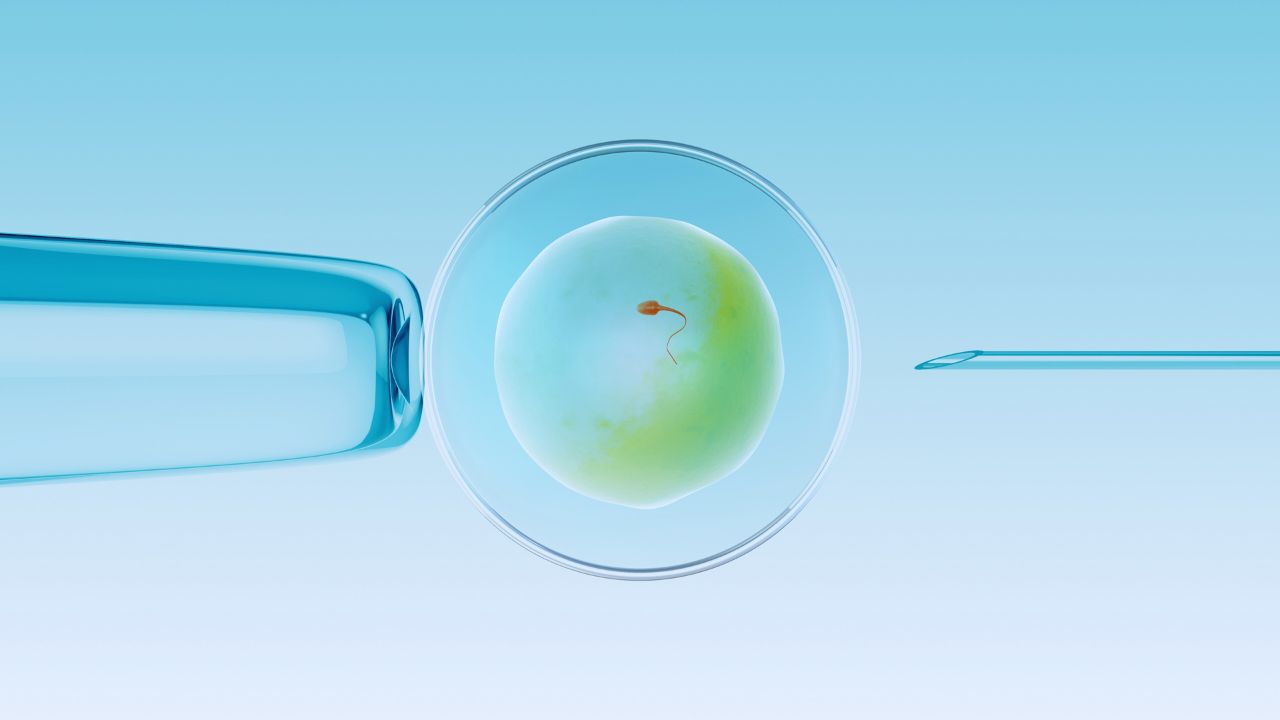Sustainable living is gaining popularity as people become more aware of their impact on the planet. It’s about making choices that protect Earth’s resources and reduce harm to the environment. Many are looking for ways to live more sustainably in their daily lives.
You can make a big difference by adopting some simple, sustainable practices at home and work. Small changes in how you use energy, water, and goods can add up to major benefits for the environment over time.
This article will explore 20 easy ways to live more sustainably and shrink your environmental footprint.
1. Use Energy-Efficient Appliances
Energy-efficient appliances can make a big difference in your home. They use less power and help you save money on bills. These appliances also reduce your carbon footprint.
Look for the ENERGY STAR label when shopping. This label means the appliance meets strict energy efficiency guidelines. You can find it on fridges, washers, dryers, and more.
Energy-efficient appliances often cost more upfront. But they save you money over time through lower energy bills. Many also last longer than standard models.
Smart appliances take efficiency even further. They can adjust their energy use based on your habits. Some can even be controlled from your phone.
Replacing old appliances with energy-efficient ones is a smart move. It’s an easy way to make your home more sustainable. You’ll see benefits in your wallet and for the planet.
Don’t forget about smaller devices too. LED light bulbs and smart power strips can add to your energy savings. Every little bit helps when it comes to sustainable living.
By choosing energy-efficient appliances, you’re making a positive change. It’s a simple step that can have a big impact on your home’s energy use.
2. Install Solar Panels
Solar panels are a great way to make your home more eco-friendly. They turn sunlight into electricity you can use to power your house. This cuts down on fossil fuels and lowers your energy bills.
Before you install solar panels, check if your roof gets enough sunlight. South-facing roofs work best in the northern hemisphere. Make sure your roof is in good shape and can support the panels.
You can buy solar panels or lease them. Buying costs more upfront but saves money over time. Leasing is cheaper to start but you may save less in the long run.
Look into government incentives for solar panels. Many places offer tax breaks or rebates to help cover the costs. This can make solar power more affordable for you.
Professional installation is important for safety and efficiency. Trained experts will set up your system correctly. They’ll also help you get the right permits.
Solar panels need little upkeep once installed. You might need to clean them occasionally or clear off snow. Most systems last about 25-30 years with proper care.
Using solar energy reduces your carbon footprint. It’s a clean power source that doesn’t produce harmful emissions. By installing panels, you’re helping fight climate change.
3. Reduce Water Usage
Saving water is key for sustainable living. You can make a big difference with some simple changes at home.
In the bathroom, install low-flow showerheads and faucets. Fix any leaky pipes or dripping taps right away. Take shorter showers instead of baths.
When brushing your teeth, turn off the tap. Only run the washing machine with full loads. Consider a dual-flush toilet to use less water for liquid waste.
In the kitchen, scrape dishes instead of rinsing before loading the dishwasher. Use a dishwasher instead of washing by hand when possible. It often uses less water.
Outside, water your lawn early in the morning or late in the evening. This reduces evaporation. Use mulch in garden beds to keep soil moist longer.
Collect rainwater in barrels for watering plants. Choose drought-resistant plants that need less water to thrive.
You can also reuse greywater from sinks or washing machines to flush toilets or water plants. Every drop counts!
By making these small changes, you’ll save water and money on your bills. You’ll also help protect this precious resource for future generations.
4. Recycle and Compost
Recycling and composting are key ways to reduce waste and help the planet. You can make a big impact by sorting your trash properly.
Set up separate bins for recyclables in your home. Look for recycling symbols on items to know what can be recycled. Rinse containers before putting them in the bin.
Composting turns food scraps and yard waste into rich soil. You can start a compost pile in your backyard or use a small indoor bin. Add fruit and veggie scraps, eggshells, coffee grounds, and yard trimmings.
Many cities offer curbside compost pickup. Check if this service is available in your area. If not, look for community composting programs nearby.
Recycling and composting reduce landfill waste. They also save energy and resources needed to make new products. Your efforts add up to make a real difference for the environment.
Try to buy products made from recycled materials. This creates demand for recycled goods. Look for labels that show recycled content when shopping.
Remember to reduce waste first. Choose reusable items over disposables when you can. This cuts down on what needs to be recycled or composted in the first place.
5. Buy Locally-Sourced Products
Buying local products is a great way to live more sustainably. When you choose local goods, you help reduce transportation emissions. This means less pollution from trucks and ships bringing food from far away.
Local food is often fresher too. It doesn’t have to travel as far, so it can be picked when ripe. This makes it tasty and more nutritious.
Supporting local farmers and businesses keeps money in your community. It helps create jobs and strengthen the local economy.
You can find local products at farmers markets and community-supported agriculture (CSA) programs. Many grocery stores now offer locally grown produce too.
Don’t just think about food. Look for locally made clothes, furniture, and crafts. These items often last longer and have a smaller carbon footprint.
Eating local also means enjoying foods that are in season. This can make your meals more varied and exciting throughout the year.
Urban farming is growing in popularity. You might even be able to grow some of your own food, right in your backyard or on a balcony.
Remember, buying local isn’t just good for the environment. It’s a way to connect with your community and enjoy fresher, high-quality products.
6. Use Reusable Bags
Reusable bags are a simple way to cut down on waste. You can use them for groceries, shopping, and more. They come in many sizes and styles to fit your needs.
Plastic bags harm the environment. They take hundreds of years to break down. Animals often mistake them for food. Reusable bags solve these problems.
Choose bags made from strong materials like cotton or canvas. Keep a few in your car or by the door. This way, you’ll always have them when you need them.
Reusable bags can hold more items than plastic ones. They’re less likely to rip or tear. You can wash them when they get dirty.
Some stores offer discounts when you bring your own bags. This saves you money over time. It also encourages others to use reusable bags too.
Don’t forget about produce bags. Get some small mesh bags for fruits and veggies. This cuts down on even more plastic waste.
Reusable bags aren’t just for shopping. Use them for picnics, beach trips, or storing items at home. They’re versatile and practical.
By using reusable bags, you help create less trash. This is good for landfills and oceans. It’s a small change that makes a big difference.
7. Avoid Single-Use Plastics
Single-use plastics harm the environment. You can make a big difference by cutting them out of your life. Start with easy swaps in your daily routine.
Bring your own reusable water bottle instead of buying plastic ones. This saves money and reduces waste. Choose a durable bottle made of metal or glass.
Say no to plastic straws. Use metal, glass, or bamboo straws if you need them. Many places offer paper straws too.
Bring reusable bags when you go shopping. Keep some in your car or by the door so you don’t forget. Cloth bags last a long time and are stronger than plastic.
Buy products with less packaging. Look for items in boxes or glass containers instead of plastic. This cuts down on waste that ends up in landfills.
Try solid soaps and shampoos. They often come in paper or cardboard packaging. This eliminates plastic bottles from your bathroom.
Use beeswax wraps instead of plastic wrap for food storage. They’re washable and reusable. You can also use glass containers with lids.
Switch to a bamboo toothbrush. It breaks down naturally when you’re done with it, unlike plastic ones.
By making these small changes, you can greatly reduce your plastic use. Every little bit helps protect our planet.
8. Support Eco-Friendly Brands
You can make a big impact by choosing to buy from eco-friendly companies. Many brands now focus on sustainability and offer products that are better for the planet.
Look for clothing brands that use recycled materials or organic fabrics. Some popular options include Patagonia, Outerknown, and Cariuma. These companies work to reduce waste and lower their carbon footprint.
When shopping for food and household items, pick brands that use less packaging. Some companies now offer refillable options or packaging made from plant-based materials.
Don’t forget about beauty and personal care products. Many eco-friendly brands avoid harmful chemicals and use natural ingredients. They often package their items in recyclable or biodegradable containers.
Supporting these brands sends a message that you care about the environment. It encourages more companies to adopt sustainable practices. Your choices as a consumer can help drive positive change.
Remember to research brands before buying. Look for certifications like B Corp or Fair Trade to ensure they meet high standards for sustainability. By choosing wisely, you can enjoy great products while helping protect the planet.
9. Drive Less, Walk More
Cutting back on driving can make a big impact on your carbon footprint. Try walking for short trips instead of hopping in the car. It’s free, healthy, and good for the planet.
Look for ways to combine errands into single trips. This saves time and fuel. You might also discover new local shops or scenic routes you hadn’t noticed before.
Public transit is another great option. Buses and trains can move many people while using less energy per person than individual cars. Check out your local transit options and give them a try.
Biking is fast, fun, and eco-friendly. It’s often quicker than driving for short urban trips. Many cities are adding bike lanes to make cycling safer and easier.
When you do need to drive, carpool if possible. Sharing rides cuts down on emissions and can save you money on gas and parking. Plus, it’s a chance to chat with friends or coworkers.
Working from home even one day a week can make a difference. You’ll save time and fuel by skipping the commute. See if your job allows for some remote work.
Planning your trips smartly can reduce unnecessary driving. Use apps to find the most efficient routes and avoid traffic jams. This saves fuel and cuts down on frustrating idle time.
10. Bike Instead of Drive
Riding a bike is a great way to live more sustainably. It cuts down on air pollution and greenhouse gases from cars. You’ll also save money on gas and car maintenance.
Biking keeps you healthy. It’s good exercise for your heart and muscles. You might even find that you enjoy your commute more on a bike.
Many cities are making it easier to bike. They’re adding bike lanes and paths to keep cyclists safe. Some places let you rent bikes for short trips.
You don’t need to bike everywhere. Even swapping a few car trips for bike rides helps. Try biking to nearby places like the store or park.
Make sure to get the right gear. A good helmet, lights, and a lock are important. Eco-friendly bike brands use recycled materials to make bikes and gear.
Biking can be social too. Join a local bike group to meet people and explore your area. You might discover new parts of your community.
Remember to follow traffic rules when biking. Stop at red lights and use hand signals when turning. Being a safe cyclist helps everyone on the road.
11. Carpool When Possible
Carpooling is a simple way to make your daily commute more eco-friendly. By sharing rides with coworkers or neighbors, you can cut down on traffic and pollution.
Carpooling reduces the number of cars on the road. This leads to less congestion and fewer emissions. You’ll help improve air quality in your community.
Setting up a carpool is easy. Talk to people who live or work near you about sharing rides. You can take turns driving or chip in for gas costs.
Carpooling saves money too. You’ll spend less on fuel and car maintenance when you drive less often. Some areas even offer special carpool lanes to save you time.
It’s also a chance to socialize. Carpooling can make your commute more enjoyable. You might make new friends or strengthen work relationships.
To make carpooling work, be reliable and on time. Communicate clearly about schedules and pickup spots. Keep your car clean and comfortable for passengers.
Consider using carpool apps to find ride-sharing partners. These tools can help you connect with others going your way.
Carpooling works for more than just work trips. You can share rides to school, events, or shopping trips too. Every shared ride helps the planet.
12. Use Public Transportation
Taking public transit is a great way to live more sustainably. Buses and trains can move many people while using less fuel per person than cars. This cuts down on pollution and greenhouse gas emissions.
You can save money by using public transportation too. The costs of gas, parking, and car maintenance add up quickly. A bus or train pass is often much cheaper.
Public transit also reduces traffic congestion in cities. Fewer cars on the road means less time wasted in traffic jams. This improves air quality and makes cities more livable.
Many cities are working to make public transit better. They’re adding more routes, increasing frequency, and improving reliability. Some places are even testing electric buses to further cut emissions.
You can make the most of your transit time. Read a book, catch up on emails, or just relax during your ride. It’s a chance to avoid the stress of driving and be more productive.
Consider combining public transit with other eco-friendly options. You can bike to a train station or walk from a bus stop to your final destination. This “multimodal” approach gives you flexibility while still reducing your carbon footprint.
13. Replace Inefficient Light Bulbs
Switching to energy-efficient light bulbs can make a big difference in your home. Old incandescent bulbs waste a lot of electricity. They turn most of their energy into heat instead of light.
LED bulbs are a great choice to replace old bulbs. They use much less energy and last way longer. An LED bulb can use up to 90% less energy than an old incandescent.
CFL bulbs are another good option. They use about 70% less energy than incandescents. CFLs cost a bit less than LEDs up front, but don’t last quite as long.
When shopping for new bulbs, look at the lumens to compare brightness. The wattage just tells you how much energy they use. A 10-watt LED can be as bright as a 60-watt incandescent.
Don’t forget about outdoor lights too. Switching those to LEDs can save a lot of energy over time. Motion sensors are also smart for outdoor lights so they only turn on when needed.
Replacing your bulbs is an easy way to cut your energy use and costs. The savings on your electric bill will quickly make up for the cost of new bulbs. You’ll be helping the planet while saving money too.
14. Grow Your Own Vegetables
Growing your own vegetables is a great way to live more sustainably. You can start small with a few pots on your balcony or go big with a backyard garden.
Homegrown veggies taste better and are fresher than store-bought ones. You’ll also save money on groceries and reduce packaging waste.
To get started, pick easy-to-grow plants like tomatoes, lettuce, or herbs. Make sure they get enough sunlight and water. Use compost to feed your plants instead of chemical fertilizers.
Collecting rainwater for your garden helps save water. You can set up a simple rain barrel system to catch water from your roof.
Growing your own food cuts down on transportation emissions. Vegetables don’t have to travel far to get to your plate when they’re from your backyard.
You control what goes into your garden. This means you can avoid harmful pesticides and grow organic produce.
Gardening connects you to nature and the seasons. It’s a fun way to spend time outdoors and learn new skills.
Don’t worry if you make mistakes. Gardening takes practice. Start small, learn as you go, and enjoy the process of growing your own food.
15. Use a Smart Thermostat
Smart thermostats are game-changers for sustainable living. They help you save energy and money by automatically adjusting your home’s temperature.
You can control these devices from your phone, even when you’re away. This means you can turn off heating or cooling when you’re not home, saving lots of energy.
Smart thermostats learn your habits over time. They figure out when you’re usually home and adjust the temperature accordingly. This means your house is always comfortable without wasting energy.
Some smart thermostats can connect to weather forecasts. They use this information to heat or cool your home more efficiently based on outside conditions.
These devices often show you how much energy you’re using. This helps you understand your habits and find ways to save even more.
Many power companies offer rebates for installing smart thermostats. This can make them more affordable and help you start saving sooner.
By using a smart thermostat, you could cut your heating and cooling costs by up to 20%. That’s a big win for your wallet and the planet.
Remember to place your smart thermostat away from drafts, sunlight, and doorways. This helps it get the most accurate reading of your home’s temperature.
16. Opt for Digital Documents
Switching to digital documents is a simple way to make your life more eco-friendly. You can save trees and reduce waste by going paperless. Start by asking for digital receipts when you shop. Many stores now offer this option.
At home, scan important papers and save them as digital files. You can use your smartphone or a scanner to do this. Store these files safely in the cloud or on an external hard drive.
For work, use digital tools like Google Docs or Microsoft Office Online. These let you create, edit, and share documents without printing. You can also sign documents electronically, cutting down on paper use.
When you need to read long texts, try e-books or digital magazines. These take up less space and are easy to carry around. Plus, you can adjust the font size for comfortable reading.
Remember to back up your digital files regularly. This keeps your information safe and prevents the need to print extra copies. With these steps, you’ll use less paper and help protect the environment.
17. Choose Organic Products
Picking organic products is a key part of green living. These items are made without harmful chemicals or pesticides. They’re better for your health and the planet.
Organic food tastes better and has more nutrients. It’s grown in healthier soil without synthetic fertilizers. This means you get more vitamins and minerals from each bite.
Organic farming helps protect wildlife and insects. It uses less energy and creates less pollution. By buying organic, you support these eco-friendly practices.
Look for organic labels when shopping. They’re not just for food. You can find organic clothes, beauty products, and cleaning supplies too.
Organic items may cost more, but they’re worth it. You’re paying for higher quality and environmental protection. Start small by choosing a few organic products each week.
Try growing your own organic fruits and veggies. It’s fun and saves money. Even a small garden or some potted herbs can make a difference.
18. Fix Leaky Faucets
Leaky faucets waste water and increase your bills. You can easily fix most leaks yourself with a few simple tools.
First, turn off the water supply to the faucet. Open the faucet to drain any remaining water.
Remove the faucet handle by unscrewing it. You may need to pry off a decorative cap first.
Take out the stem or cartridge inside. Look for worn washers, O-rings, or gaskets.
Replace any damaged parts with new ones from a hardware store. Make sure to get the right size.
Reassemble the faucet carefully. Turn the water back on and test for leaks.
If you’re not comfortable doing it yourself, call a plumber. The cost is worth it to save water and money long-term.
Check all your faucets regularly for drips or leaks. Fix them promptly when you notice any issues.
Consider upgrading to water-efficient faucets with the WaterSense label. These use at least 20% less water.
Fixing leaks is an easy way to conserve water at home. It helps the environment and lowers your utility costs.
19. Use Cloth Diapers
Cloth diapers are a great way to reduce waste and save money. They’re reusable and better for your baby’s skin. You can wash and reuse them many times before they wear out.
Cloth diapers come in different styles. Some have snaps or velcro to adjust the size as your baby grows. Others use pins and separate covers. You can choose what works best for you and your baby.
Using cloth diapers is simple. Put the diaper on your baby and secure it. When it’s dirty, remove it and put it in a special bin. Wash the diapers every 2-3 days with gentle detergent.
Cloth diapers can help your baby avoid skin rashes. They don’t contain harsh chemicals found in some disposable diapers. This makes them a healthier choice for sensitive skin.
You’ll need about 20-25 cloth diapers to start. This lets you wash every few days without running out. You can buy them new or find used ones to save more money.
Cloth diapers are good for the planet. They keep lots of waste out of landfills. Disposable diapers take hundreds of years to break down. Cloth diapers can be used again and again.
You can use cloth diapers until your child is potty trained. Some parents even use them for swim diapers or nighttime training. This makes them very versatile.
20. Switch to Plant-Based Diets
Changing to a plant-based diet can make a big difference for the planet. You can help by eating more fruits, veggies, grains, nuts, and seeds. These foods use less water and land to produce than meat and dairy.
Plant-based eating also cuts down on greenhouse gases. Farms that raise animals for food create a lot of these gases. By eating fewer animal products, you lower your carbon footprint.
You don’t have to go fully vegan to make an impact. Even small changes help. Try having one meatless day each week. Or swap cow’s milk for plant milk in your coffee.
Plant-based diets can be good for your health too. They often have less fat and more fiber. This may lower your risk of some diseases.
When you switch, make sure to eat a variety of foods. This helps you get all the nutrients you need. Include protein sources like beans, lentils, and tofu.
Start slow if you’re new to plant-based eating. Try new recipes and foods to keep meals interesting. You might find new favorites along the way.
Understanding Sustainable Living
Sustainable living is about making choices that reduce your impact on the environment. It involves simple changes to your daily habits that can make a big difference for the planet.
Definition and Principles
Sustainable living means using resources wisely to meet your needs without harming future generations. It’s about finding a balance between human activities and nature. The main principles include:
- Reducing waste
- Saving energy and water
- Choosing eco-friendly products
- Supporting local and ethical businesses
- Using sustainable transportation
You can start by making small changes at home. Turn off lights when not in use. Take shorter showers. Recycle and compost. These actions add up over time.
Importance of Sustainability
Why does sustainable living matter? It helps protect the planet and its resources for future generations. Some key benefits are:
- Cleaner air and water
- Less pollution and waste
- Lower energy costs
- Healthier ecosystems
- Better quality of life
Your choices can make a real impact. Living sustainably, helps fight climate change and preserve natural habitats. You also save money on energy bills and reduce your carbon footprint.
Sustainable living isn’t just good for the planet – it’s good for you too. It can lead to a healthier lifestyle and a stronger connection to your community. Every small step you take makes a difference.
Eco-Friendly Lifestyle Choices
Making eco-friendly choices helps protect the planet. You can reduce your impact on the environment through simple daily actions.
Reducing Carbon Footprint
Switch to an electric car to cut emissions. Electric vehicles don’t release harmful gases like gas-powered cars do. They’re better for air quality and fighting climate change.
Walk or bike for short trips. It’s free exercise and produces zero emissions. For longer distances, try public transit. Buses and trains move more people with less fuel per person.
Eat less meat, especially beef. Raising cows creates a lot of greenhouse gases. Try plant-based meals a few times a week. Choose local, seasonal fruits and veggies to reduce transport emissions.
Fly less often. Air travel has a big carbon footprint. When you do fly, pack light to reduce plane weight and fuel use. Consider carbon offsets for unavoidable flights.
Waste Reduction Strategies
Bring reusable bags when shopping. Say no to plastic bags that end up in landfills or oceans. Keep cloth bags in your car so you don’t forget.
Use a reusable water bottle and coffee cup. Skip disposable plastic bottles and paper cups. You’ll save money and reduce trash.
Buy items with less packaging. Look for products in bulk or with minimal wrapping. Choose glass or metal containers over plastic when possible.
Compost food scraps and yard waste. Turn kitchen waste into rich soil for your garden. It keeps organic matter out of landfills, where it creates methane gas.
Repair items instead of replacing them. Fix clothes, appliances, and electronics when possible. It saves money and reduces waste.
Energy Conservation
Switch to LED light bulbs. They use much less energy and last longer than old-style bulbs. Replace bulbs as they burn out to spread the cost.
Unplug electronics when not in use. Many devices use power even when turned off. Use power strips to make it easy to cut power to multiple items at once.
Adjust your thermostat. In winter, lower it a few degrees and wear a sweater. In summer, set it a bit higher and use fans. Small changes add up to big energy savings.
Wash clothes in cold water. Most loads get just as clean in cold water. It saves energy used to heat water. Hang clothes to dry when you can instead of using the dryer.
Use energy-efficient appliances. Look for the ENERGY STAR label when buying new items. These products meet strict efficiency guidelines set by the government.
Sustainable Consumption
Sustainable consumption means buying and using products in ways that protect the environment. It involves making smart choices about what you buy and how you use things.
Choosing Eco-Friendly Products
Look for items with less packaging. Pick products made from recycled materials. Buy things that last longer to reduce waste. Choose energy-efficient appliances to cut power use.
Opt for natural cleaning products to avoid harsh chemicals. Use reusable bags, bottles, and containers instead of disposable ones. Buy local food to reduce transportation impacts. Pick organic products grown without harmful pesticides.
What can you do to shop more sustainably? Read labels carefully. Ask questions about how products are made. Think about whether you really need something before buying it.
Supporting Green Businesses
Shop at stores that focus on sustainability. Look for companies that use renewable energy. Support brands that treat workers fairly. Choose businesses that give back to communities.
How can you find eco-friendly companies? Check for green certifications. Read about business practices online. Ask friends for recommendations.
Buy from local small businesses when possible. Support companies that offer repair services. Choose brands that use sustainable materials. Pick stores that minimize packaging and waste.
What impact can your choices have? When you buy from green businesses, you encourage other companies to improve their practices too.
Final Thoughts
Embracing sustainable living is not just a trend; it’s a necessary shift in how we interact with our environment.
The 20 best practices outlined in this article provide a comprehensive roadmap for anyone looking to reduce their ecological footprint and contribute to a healthier planet.
From energy-efficient appliances and renewable energy sources to mindful consumption and waste reduction, each strategy offers a tangible way to make a positive impact. ‘
The beauty of these practices lies in their accessibility – anyone can start implementing them, regardless of where they are on their sustainability journey.


